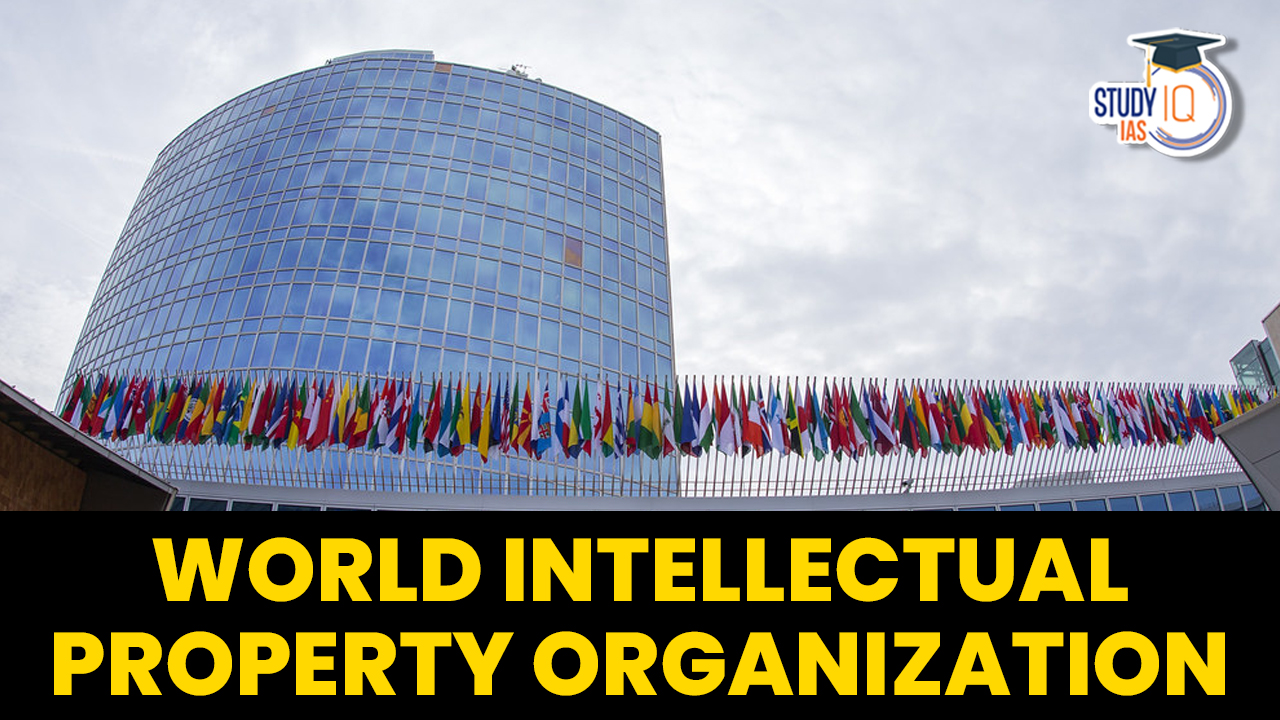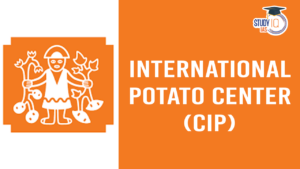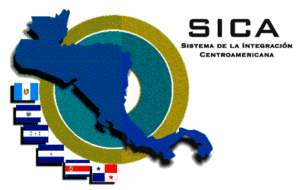Table of Contents
World Intellectual Property Organization: The World Intellectual Property Organisation, also known as WIPO, is a global organisation that promotes the protection of both industrial properties (such as patents, trademarks, and designs) and copyrighted material (such as literary, musical, visual, and other artistic works) around the world. A treaty signed in Stockholm in 1967 served as the basis for the organization’s founding in 1970, and in December 1974 it was designated as a specialised agency of the UN. The main office is in Geneva. Millions of patent papers are available through a free patent search engine provided by the World Intellectual Property Organisation (WIPO).
The World Intellectual Property Organisation (WIPO) of the UN is a specialised group. Its objective is to establish a just and open global IP system that fosters innovation, encourages creativity, and supports the economic, social, and cultural development of all nations while safeguarding the general welfare.
World Intellectual Property Organization History
Foreign exhibitors turned down invitations to the 1873 International Exhibition of Inventions in Vienna out of concern that their concepts would be appropriated and used for profit in other nations. This illustrated the need for an international framework to protect intellectual property.
Because of this, the Paris Convention for the Protection of Industrial Property, which was signed in 1883, was the first significant international Convention designed to help people of one country get protection for their intellectual property in the form of industrial property rights in other countries. The Paris Convention went into effect in 1884 with 14 signatories.
With the adoption of the Berne Convention for the Protection of Literary and Artistic Works in 1886, copyright was first recognised on a global scale. Obtaining international protection for their right to control and be rewarded for the use of literary and creative works was something that this Convention aimed to help the citizens of its Member States do. International Bureaus were formed by the Paris and Berne Conventions to perform administrative tasks, such as organising Member State meetings.
These two small bureaus merged in 1893 to form the United International Bureaus for the Protection of Intellectual Property, which is also known by its French acronym, BIRPI. The precursor to today’s WIPO was BIRPI, which had seven workers and was situated in Berne, Switzerland.
World Intellectual Property Organization Headquarter
Geneva, Switzerland serves as the location of the World Intellectual Property Organization’s headquarters. The secretariat’s staff is made up of experts with expertise in public policy, economics, administration, and information technology, and they come from more than 90 different countries. The secretariat’s several divisions are in charge of planning Member State meetings and carrying out their decisions, managing international registration systems, creating and implementing programmes to satisfy WIPO’s objectives, and maintaining a database of IP knowledge to help its members.
World Intellectual Property Organization Member
- All UN members have the right, but not the obligation, to join the specialised organisations like WIPO, which now has 191 members.
- The WIPO has 188 members, including the Cook Islands, the Holy See, and Niue.
- Palestine has the status of a permanent observer.
- At WIPO sessions, over 250 non-governmental and intergovernmental organisations (IGOs) are given formal observer accreditation.
- India formally joined WIPO in 1975.
World Intellectual Property Organization Working
The World Intellectual Property Organisation was established in 1970 after the 1967 WIPO Convention went into effect with the goal of advancing the protection of intellectual property throughout the world through international collaboration and partnerships with other organisations. The Member States of WIPO choose the organization’s strategic course and give it their approval to take action.
The primary decision-making bodies for Member States are the General Assemblies of the World Intellectual Property Organisation, the WIPO Conference, the WIPO Coordination Committee, and the Assemblies of the Member States of each union (such as the PCT Union Assembly, the Madrid Union Assembly, etc.). Around 250 non-governmental and governmental organisations are also accredited as observers at WIPO sessions.
Strategic goals, programmes, and actions are used by WIPO to carry out its mission, which is to promote the efficient use and protection of intellectual property (IP) around the world. The biennial Programme and Budget document, which the Member States have approved, outlines these.
Functions of WIPO
The World Intellectual Property Organisation (WIPO) was founded with the following objectives in mind:
- To support the creation of campaigns that enhance IP Protection globally and maintain uniformity among national laws.
- Initiating the signing of international agreements for the protection of intellectual property rights (IPR).
- To put into practise the administrative duties that the Berne and Paris Unions have discussed.
- To offer legal and technical support in the area of intellectual property.
- To gather and disseminate information, conduct research, and publish the results.
- To make certain that services are provided in a way that promotes international intellectual property protection.
- To carry out additional necessary and suitable actions.
World Intellectual Property Organization
WIPO Treaties
| Name of the Treaty | Description |
| WIPO Performance and Phonograms Treaty (WPPT) | WPPT deals with the rights of two types of beneficiaries, especially in the digital environment: For example:
· Singers, Actors, Musicians, etc. (Performers) · Producers of Phonograms |
| Budapest Treaty | The goal of this agreement was to provide international recognition of the deposit of microorganisms for the purposes of patent procedure. |
| Madrid Protocol for the International Registration of Marks | The Protocol secures a worldwide registration that has legal force in all of the specified Contracting Parties, ensuring a mark’s protection in several nations. |
| Marrakesh Treaty to Facilitate Access to Published Works by Visually Impaired Persons and Persons with Print Disabilities | The Marrakesh Treaty permitted copyright exceptions that made it easier to produce accessible book editions. Additionally, it gave blind people access to works protected by copyright. |
| WIPO Copyright Treaty | It addressed how to safeguard creative works and authors’ rights in a digital context. |
WIPO and India
India joined the WIPO in 1975.
India is a part of the following WIPO Treaties:
- IPO Convention (1975)
- Paris Convention (1998)
- Berne Convention (1928)
- Patent Cooperation Treaty (1998)
- Phonograms Convention (1975)
- Nairobi Treaty (1983)
- Nice Agreement (2019)
- Locarno Agreement (2019)
- Vienna Agreement (2019)
India ratified each of the aforementioned treaties. The Marrakesh Treaty was ratified initially by India. on recent years, India has advanced on the Global Innovation Index (GII). India is rated 52nd in the 2019 GII, an enormous improvement from prior years.
- Since 2011, India has been regarded as the most innovative nation in Southern and Central Asia, and it has consistently outperformed its GDP per capita in this regard for eight years running.
- Among middle-income economies worldwide, India comes in second for innovation quality.
- Since 2009, the Confederation of Indian Industry (CII) has been a GII Knowledge Partner.
- The Ministry of Commerce and Industry in India handles WIPO-related concerns.
World Intellectual Property Organization Strategic Goals
The current 5-year plan for WIPO runs from 2017 to 2021. WIPO uses a 5-year planning paradigm. WIPO creates Implementing Activities and Milestones over a five-year period and organises their progress appropriately.
- To work together to advance TB, malaria, and other neglected tropical diseases (NTDs) research and development. One of the implementing activities for the same goal is to establish and maintain the Special Programme for Research and Training in Tropical Diseases, among other things. This work will be done in collaboration.
- One of the implementation steps that will help speed development is assisting partners in obtaining money from donor agencies. This will hasten the development of promising compounds or leads. Projects that show a lot of promise for the compound or lead will therefore proceed through the review process rapidly and be given top priority. The project’s objectives include connecting two to three partnerships or collaborations with suitable funding each year.
- To increase the capacity for biomedical R&D and worldwide IP management One of the implementation strategies is to aid in the capacity development of member organisations by providing research fellowships at renowned research institutions. By offering two to four training sabbaticals each year, this goal will be achieved.
- Increased information dissemination about the value of IP in R&D in NTDs, malaria, and TB is one of the implementing activities to promote awareness of the importance of intellectual property in the battle against these diseases. This is the goal for solving the current issues, pushed by technology. The achievement of this goal’s milestones includes developing a user-friendly website with all readily available materials to support the formation of partnerships and upgrading it annually based on user feedback.
World Intellectual Property Organization Limitations and Exceptions
- Certain restrictions on economic rights are permitted under copyright laws in order to preserve a proper balance between the interests of rightholders and users of protected works.
- These are situations where it is acceptable to use protected works without the rightholder’s consent and with or without payment of compensation.
- On the WIPO’s agenda is the topic of limitations and exceptions.The discussion has primarily centred on three categories of beneficiaries or activities in terms of exclusions and restrictions: educational initiatives, libraries and archives, and individuals with disabilities, notably those who are visually impaired.
World Intellectual Property Organization Publications
The Global Innovation Index (GII) is a global ranking for countries for success in and capacity for innovation.
The index ranks nations based on 80 indicators, including intellectual property filing rates, research and development, online creativity, mobile application creation, computer software spending, education spending, scientific and technical publications, and ease of starting a business. It is published by the WIPO in collaboration with Cornell University and graduate business school INSEAD.


 US Pulls Funding from GAVI-Global Vaccin...
US Pulls Funding from GAVI-Global Vaccin...
 International Potato Center (CIP) in Agr...
International Potato Center (CIP) in Agr...
 Central American Integration System (SIC...
Central American Integration System (SIC...





















